 Categories
Categories 
The hardness of any material is its ability to resist scratches or indentations. It shows how tough a gem is and how long it can survive, that is, how durable it is going to be can be measured by its hardness.
In other words, The hardness of a mineral or gem is its ability to handle pressure. It is the measure that shows how much the material can resist deformation. This would mean that if a material is very hard, it will have good resistance to indentations, scratches and wear & tear.
Mohs scale of hardness is a numerical scale created to determine the hardness of any material in numerical value. To be precise, the Moh's scale of hardness is a measuring system that determines the solidity of a gemstone.
Because hardness is qualitative and difficult to measure numerically, to measure it on an ordinal scale, Mohs scale was designed.
It is created through statistical data which is based on observation and converted into numerical value where the distance between the ordered categories is not known.
The Mohs hardness scales from 1 to 10 and shows the firmness based on the ability of a material to scratch other materials. There are natural variations in the rigidity of materials due to their distinctive composition, formation and impurities. It can help determine the use of different materials.

The hardness scale ranges from 1 to 10, with ten being the hardest and 1 representing the softest material. The toughness of a common mineral is measured based on this spectrum and is sometimes given a number between two numbers, such as 7.5 or 6.5.
What Is The Softest Mineral On Mohs Scale Of Hardness?
Talc is the softest mineral as per the hardness scale Mohs.
Here is a list of minerals or gemstones representing the hardness on a Mohs scale from 1 to 10:-
Gem and mineral hardness are mostly measured by the Mohs scale. Each mineral’s hardness can be determined using the Moh’s scale. You can use the standard procedure to evaluate it.
Each of the ten minerals and gems on the scale will scratch those with a lower number while getting scratched by those with a higher number. Note that the scale is not linear and does not represent a fixed percentage of increase or decrease in resistance. That means a higher value does not have a fixed percentage increase compared to the preceding value.
In simpler words, topaz is softer than corundum, and Quartz is softer than topaz, but the softness percentage between Quartz and topaz can be different from that of between topaz and corundum.

Now, How to use Mohs scale of hardness? How would you test a stone or mineral on the Mohs scale?
The process is simple and straightforward. Here is a step-by-step guide for you to test the inflexibility and inelasticity of stone on the Mohs scale:
First, take a set of reference minerals. You can take any of the minerals mentioned above in the table such as Fluorite (4), Quartz (7), etc. You can obtain small samples of these minerals or a testing kit.
Now, use the softest mineral, like Talc, with a hardness of 1 on the Mohs scale to try and scratch the stone or mineral you are testing. Repeat the process with minerals of other scales of hardness until your mineral gets scratched. If your specimen gets indented or scratched by a mineral of scale 4, Fluorite, but not by scale 3, Calcite, its hardness is between 3 and 4.
Conduct the scratch test on different surfaces of your specimen for accurate results. Mention your observations accurately to define the quality of the solid and its unyielding surface.
By this method, you can check the resistance of any stone or gem and ensure its originality. Suppose you have an emerald and want to test if it is real or glass. An emerald has a hardness of 7.5 to 8, and a glass has 6.5. It is fake if your emerald gets scratched by a scale 7 mineral like Quartz.
You can use some simple things that are used in daily life to test the hardness of gems and minerals at home.
Our Fingernails fall under the hardness range of 2.5. So if the surface of a mineral gets scratched by your fingernail, its hardness is less than 2.5, while if it does not get scratched, its hardness is more.
Similarly, here are some objects that you can use to test the scratch resistance
Copper Penny - 3.5
Knife - 5.5
Steel nail - 6.5
Hardened Steel - 8
Geologist and mineralogist Friedrich Mohs discovered this traditional scale for hardness. Hardness was measured before, but there was no fixed quantity. Friedrich created this calibrated system as a method to compare the solidity of different minerals, gemstones, and other substances.
He conducted extensive tests, experimented and observed carefully to determine the hardness. Then, he picked minerals of different hardness and arranged them in a specific order, and based on their scratching abilities and resistance to indentations, the scale was created.
This study by Mr. Moh was inexplicably brilliant and had a long-lasting effect, which is why Moh's scale has been established as a fundamental tool for characterising the stiffness of materials.
The hardness of a material will help us make significant decisions in many of our industries. It will have extreme implications since we can use the materials as per their firmness in our favour. Many materials are formed, shaped and polished using abrasives for various daily uses. Such as, the hardness of diamonds is 10 on the Mohs scale, making it the most complex material on Earth, so it is highly used in industries to cut other materials in fixed shapes and sizes. Like in the aerospace industry, diamond-cutting tools are used to manufacture high-quality machinery parts.
This scale has proved useful in all important fields, such as geology, mining, material research, machinery, etc. The impact of a harder material on a harder one helps choose the appropriate substance for any creation.
In the Gems and fashion industry, the hardness of a gemstone is also measured by the Mohs scale, which helps evaluate and grade them. The gems of higher Mohs scale hardness are more in demand because of their ability to resist scratch so that they can be worn on a daily basis, without much care. They are less prone to damage and, hence, more valuable, such as diamonds with a hardness of 10, the highest on Moh's scale. Also, sapphires and rubies, with 9 hardness, are very durable and sold at high prices. These gems are highly used to make jewellery, art pieces and decorative items. The classification of precious gemstones or semi-precious
Navratans, the nine gemstones with the most value in the world, have a hardness of -
| Gemstones | Hardness |
| Diamond | 10 |
| Ruby | 9 |
| Yellow Sapphire | 9 |
| Blue Sapphire | 9 |
| Red Coral | 3.5 to 4 |
| Hessonite | 7 to 7.5 |
| Cat’s Eye | 8.5 |
| Pearl | 2.5 to 4.5 |
| Emerald | 7.5 to 8 |
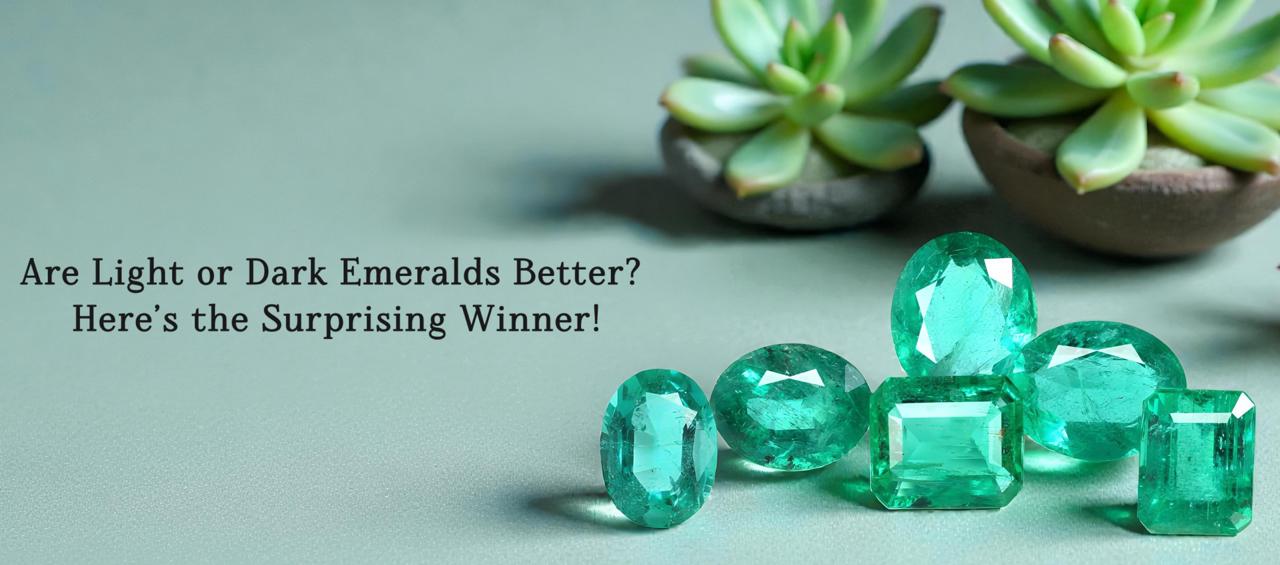
Are Light or Dark Emeralds Better? Here’s the Surprising Winner
December 24th, 2025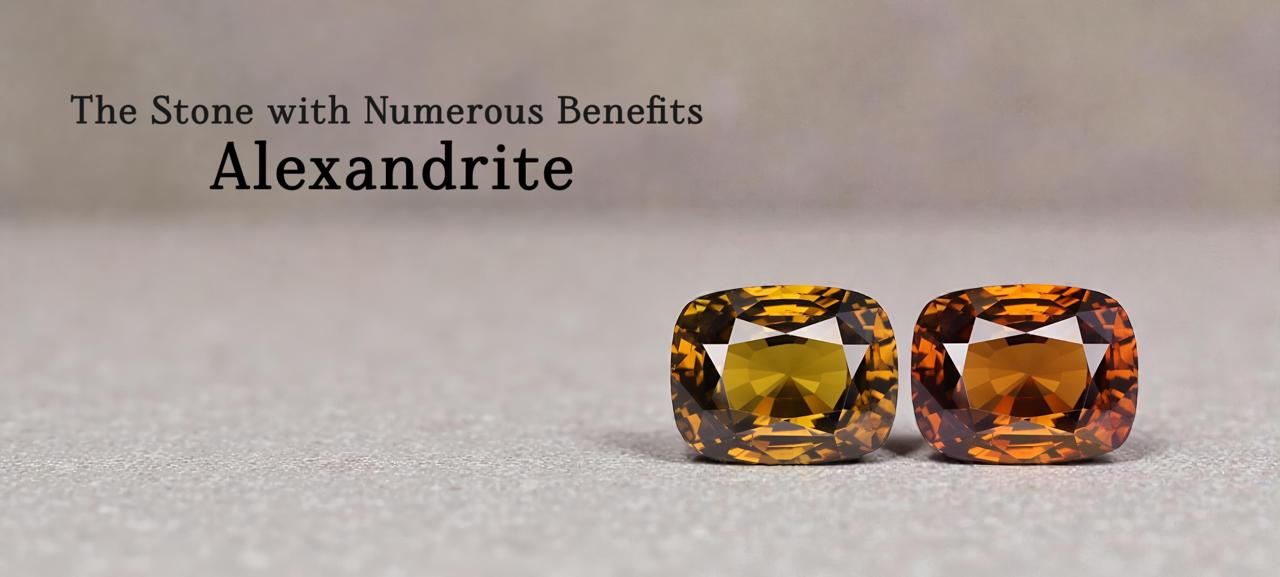
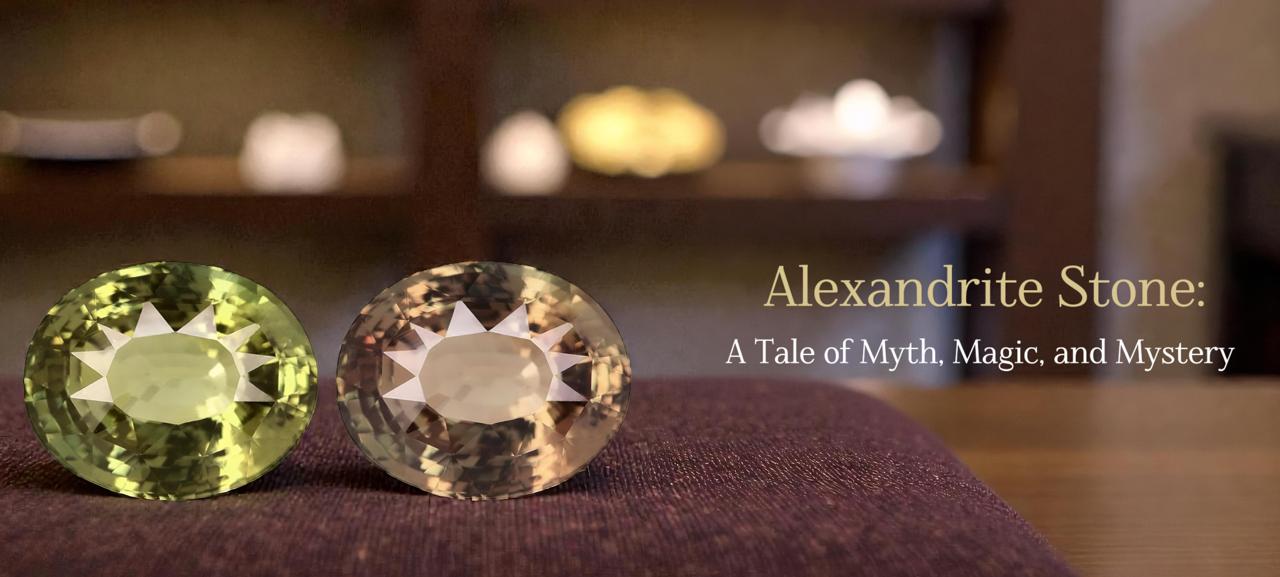
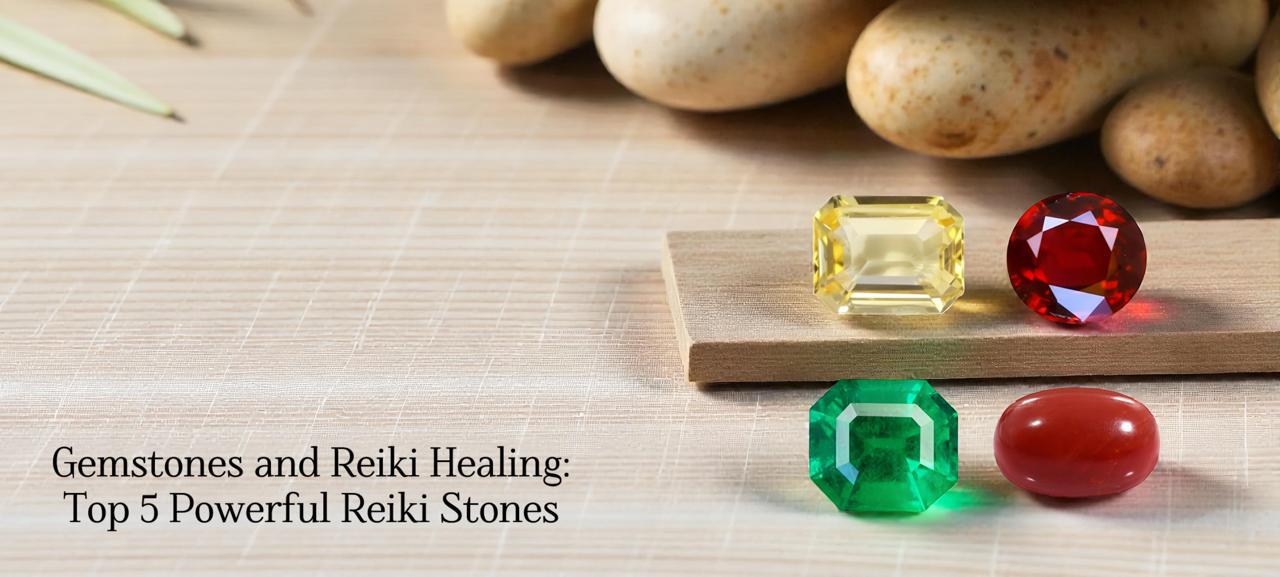
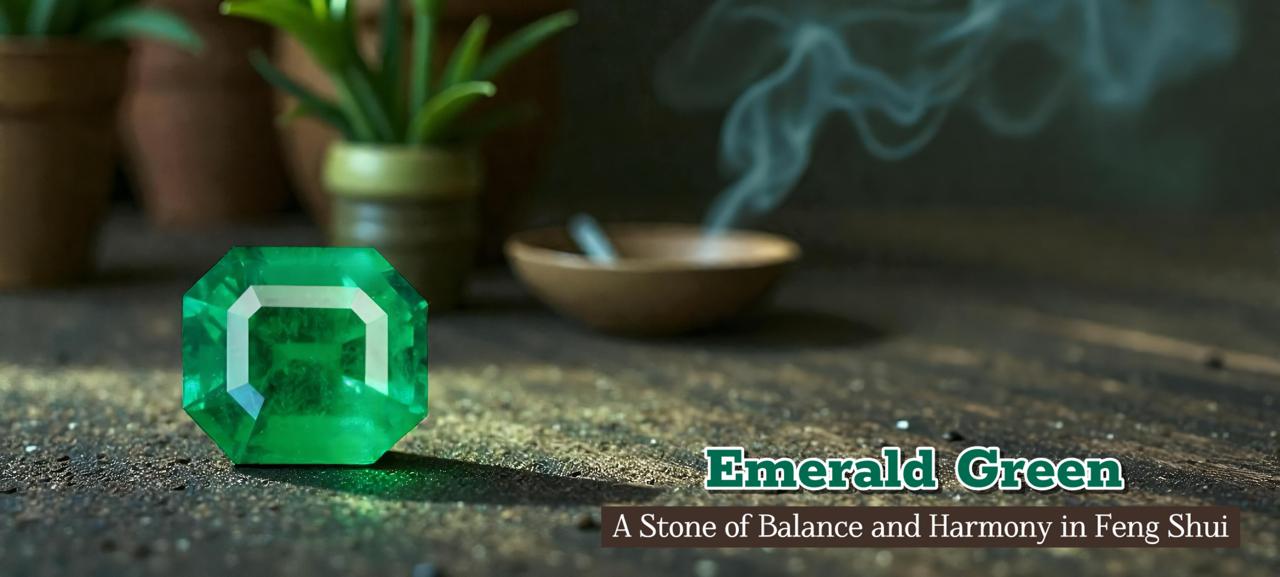
Emerald Green: A Powerful Feng Shui Stone for Balance and Harmony
December 15th, 2025